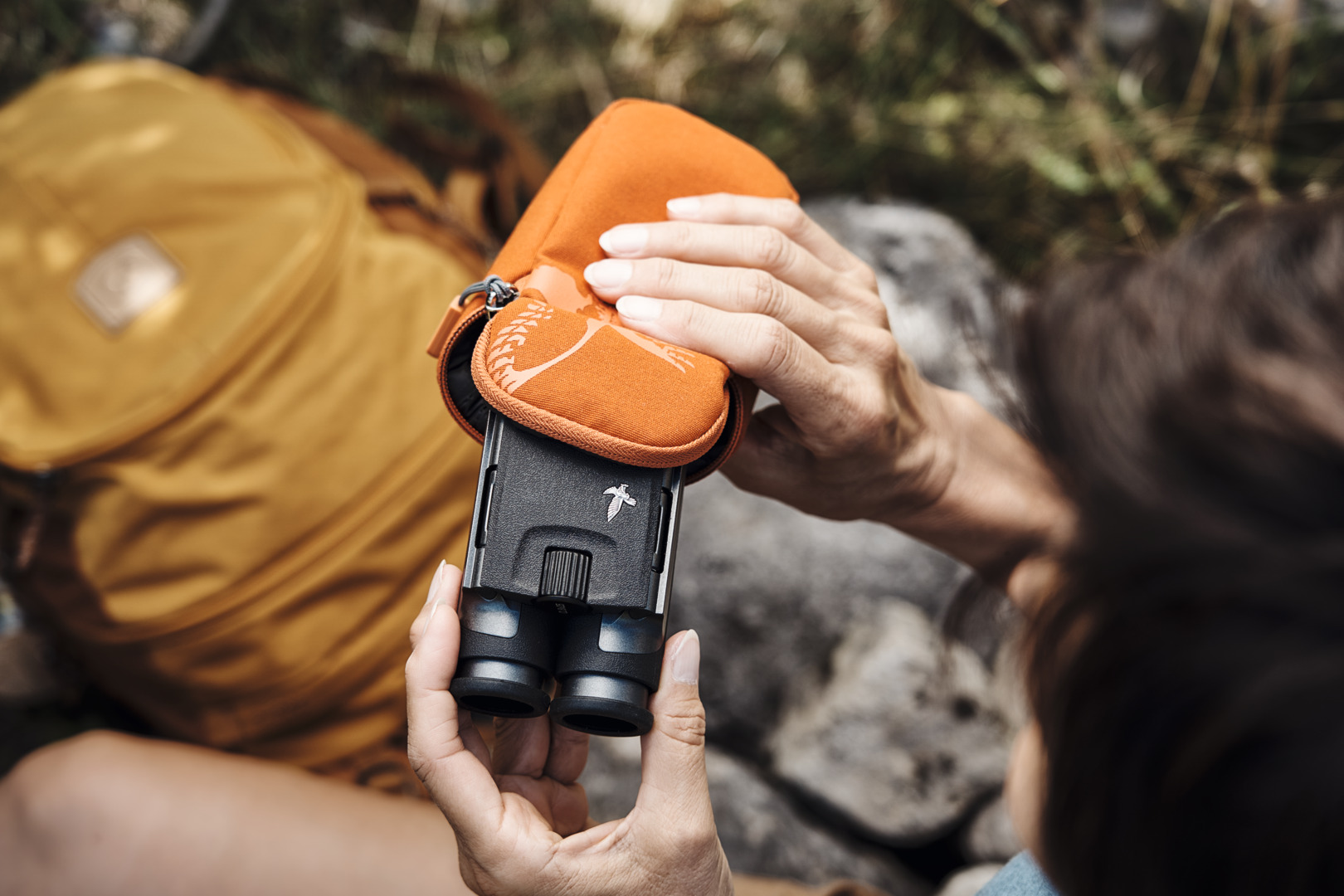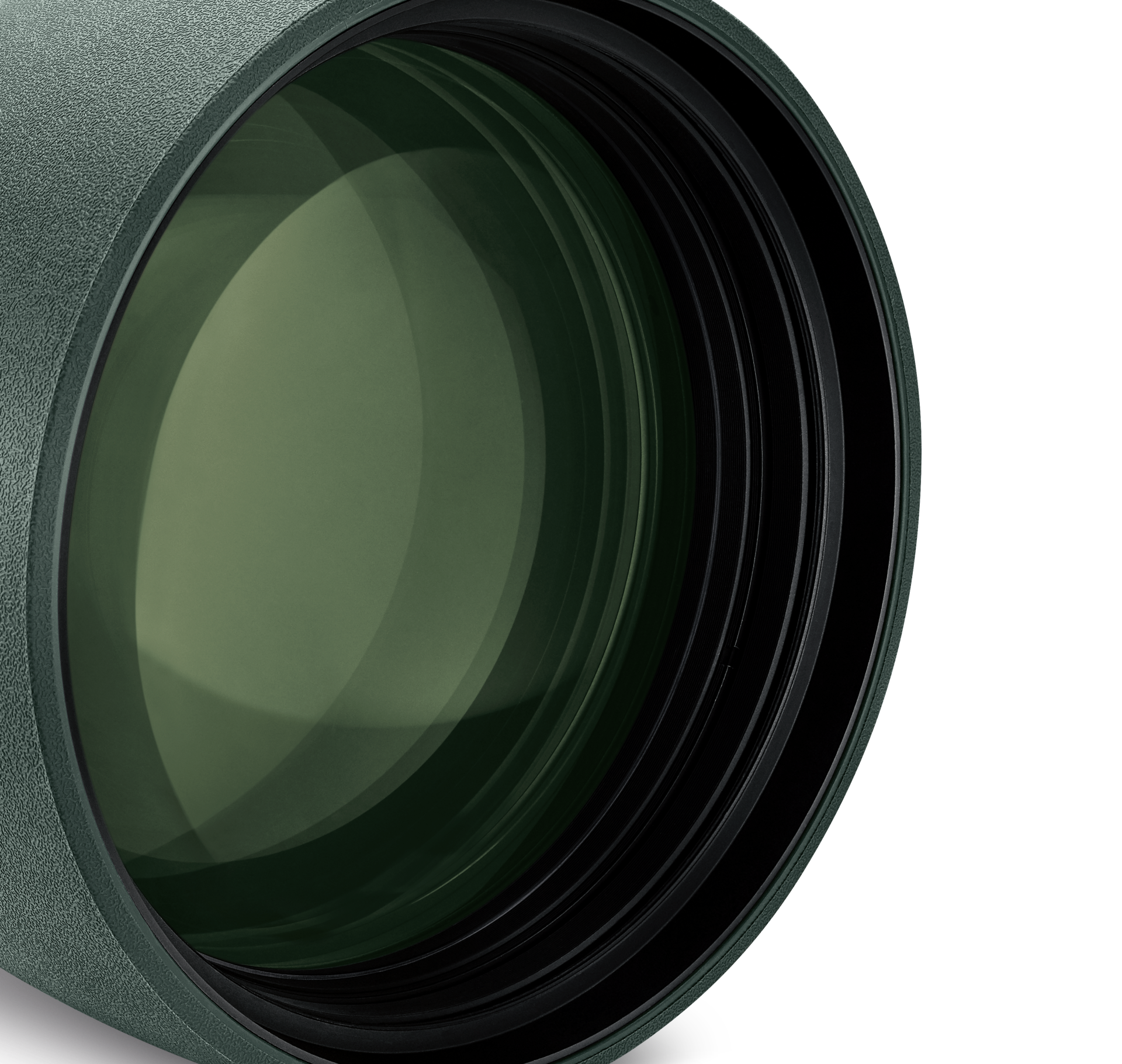NATURE IN YOUR POCKET


Menu
Products
Intended use
Service


Product & Technical Services, Tips & Care, Tutorials, Downloads, Declarations of conformity

Big on quality – small in size: The CL Pocket are folding compact binoculars with exceptional optical quality. It offers maximum viewing comfort, even for long periods, and fits perfectly in your hand. The CL Pocket 10x25 offers impressive detail recognition thanks to 10x magnification at close and long distances. Its pocket size and a weight of just 350 g (12.3 oz) make it a perfect companion wherever you go. ALWAYS READY FOR THE WONDERS OF NATURE
NATURE IN YOUR POCKET


What are the CL Pocket 10x25 binoculars suitable for?
The CL Pocket 10x25 binoculars are ideal for all outdoor activities that require compact dimensions and a light weight together with optimum optical performance. Find out what makes the CL Pocket 10x25 the perfect binoculars for a wide range of activities:
Outdoor activities:
Made for outdoor adventures – fold up to fit in any pocket, rugged, durable, and easy to handle.
Nature observation:
Discover nature in all its details and observe birds and wildlife up close.
Long-distance and active travel:
Expand your horizons with special discoveries that would remain hidden without binoculars.
Cultural and sports events:
From tennis tournaments to open-air concerts – the CL Pocket brings you closer to the action every time.
Highlights of the CL Pocket 10x25
Outstanding optics and viewing comfort:
10x magnification: impressive detail recognition
Field of view: 98 m/1,000 m (294 ft/1,000 yds)
100% field of view: even with eyeglasses/sunglasses, thanks to individually adjustable eyecups
Close distance: razor-sharp observation from 2.5 m (8.2 ft) – perfect for insects, butterflies, and dragonflies
Comfortable observation thanks to optical precision: effortless viewing experiences with crystal-clear and brilliant images
Compact and lightweight:
Compact design: folds up to fit in almost any pocket – folds out as a binocular for every requirement
Always to hand: weighing just 350 g (12.3 oz), the CL Pocket accompanies you wherever you go
Aluminum housing: rugged yet lightweight design
Design and ergonomics:
Perfect ergonomics for the compact dimensions: sits comfortably in your hand and allows effortless operation.
Available in two armoring colors: green and anthracite
Choose between the Wild Nature or Mountain accessory package
Durable and sustainable:
Made in Austria
Outstanding service: professional and personal customer service
Dustproof and waterproof up to 4 m (13 ft) (thanks to the inert gas filling): resists rain and water
Functional accessory package: field bag, carrying strap, and eyepiece cover
Tip: taking photographs with binoculars and a smartphone
The optional smartphone adapter, the VPA 2 variable phone adapter, and the compatible CA-Bs clamp adapter for the CL series allow you to quickly and easily connect your smartphone to the CL Pocket. Creating the best conditions to capture special moments in pictures forever.
The freedom to experience more
The binoculars in the CL series are the perfect companions for all outdoor enthusiasts. CL stands for “Compact & Light”. Featuring an ergonomic, handy, and compact design, the lightweight models combine state-of-the-art optical technology with simple and comfortable handling. CL binoculars are always close to hand during your leisure activities, whether hiking in nature close to home, traveling to distant lands, or taking part in different sports. Thanks to their intuitive handling, all models in the CL series offer a comfortable and natural viewing experience. As ideal outdoor binoculars, they will enhance your adventures in nature and make every trip an experience for all ages.
 CL Pocket 10x25
CL Pocket 10x25Seems like what i wanted for my wife to watch birds close up. She wanted small.
Small and compact with very good sharpness.
I never use a bag, so I can't answer this question, unfortunately I can't do it without stars
Excellent product, promptly delivered. Perfect.
 Customer ServiceMO - TH 8:00 - 17:00 AND FR 8:00 - 12:0000800 3242 5056customerservice@swarovskioptik.com
Customer ServiceMO - TH 8:00 - 17:00 AND FR 8:00 - 12:0000800 3242 5056customerservice@swarovskioptik.com